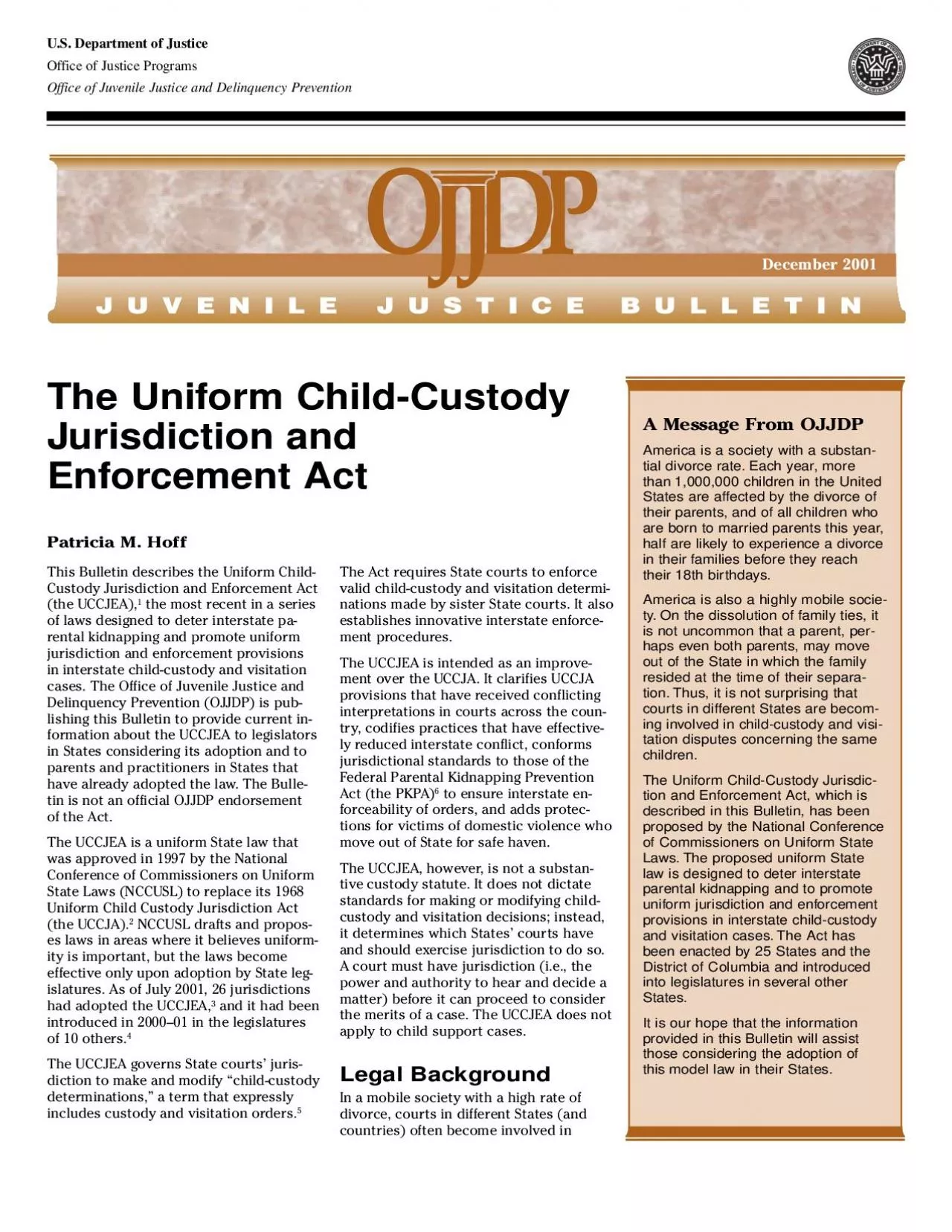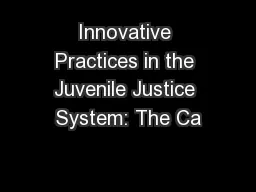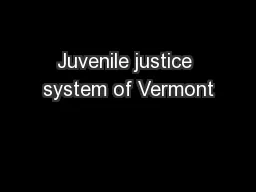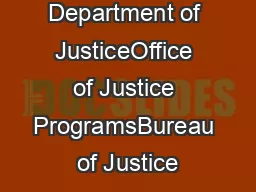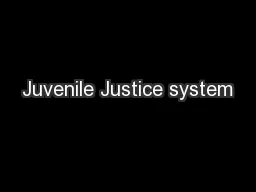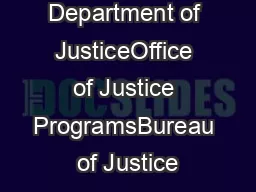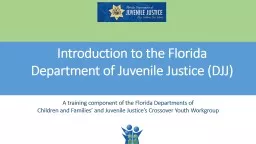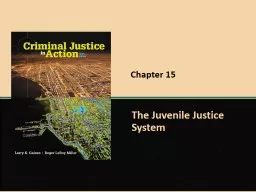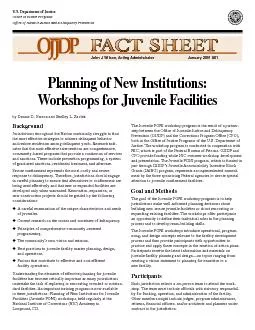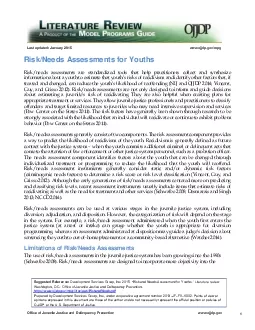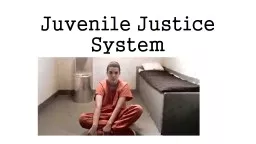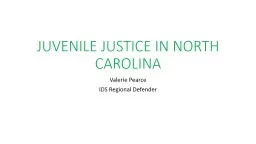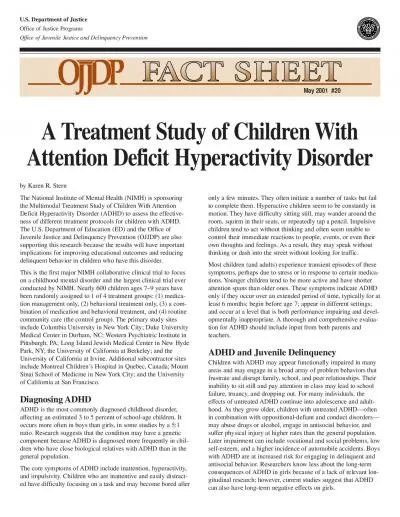PDF-US Department of JusticeOffice of Justice ProgramsOffice of Juvenile J
Author : fanny | Published Date : 2021-10-02
December 2001A Message From OJJDPAmerica is a society with a substantial divorce rateEach year morethan1000000 children in the UnitedStates are affected by the divorce
Presentation Embed Code
Download Presentation
Download Presentation The PPT/PDF document "US Department of JusticeOffice of Justic..." is the property of its rightful owner. Permission is granted to download and print the materials on this website for personal, non-commercial use only, and to display it on your personal computer provided you do not modify the materials and that you retain all copyright notices contained in the materials. By downloading content from our website, you accept the terms of this agreement.
US Department of JusticeOffice of Justice ProgramsOffice of Juvenile J: Transcript
Download Rules Of Document
"US Department of JusticeOffice of Justice ProgramsOffice of Juvenile J"The content belongs to its owner. You may download and print it for personal use, without modification, and keep all copyright notices. By downloading, you agree to these terms.
Related Documents

